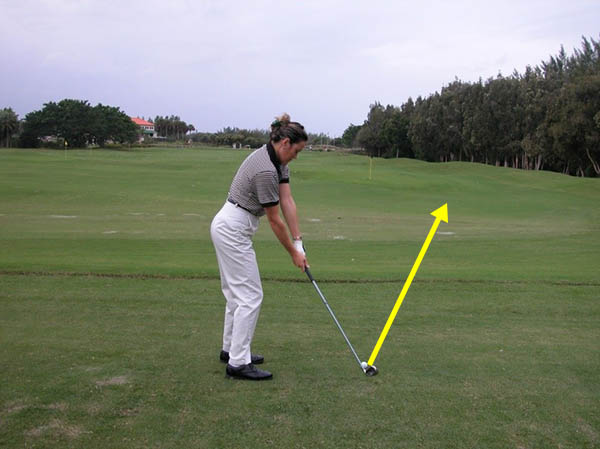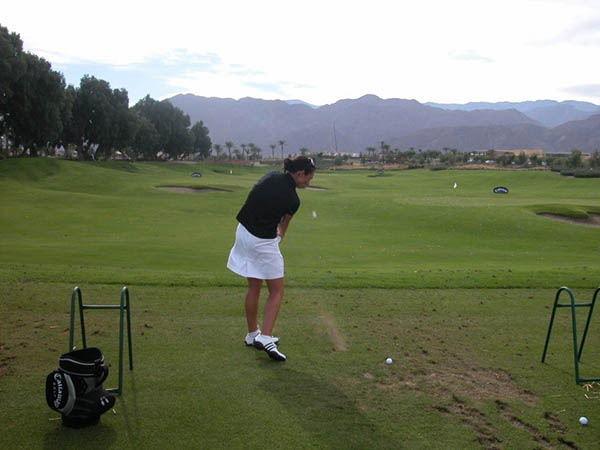Dealing with Your Dragons

By Dr. T. J. Tomasi, Keiser University College of Golf Senior Faculty and Director of Research
Like every golfer, you probably have one or two swing dragons — faults that recur while you’re in the middle of the round, especially under pressure. To self-correct on the golf course, you need to know what your dragons are and have a fix ready for each. Below I outline one of the most common — “The Spider Syndrome.” If you’re producing shots that fly short and crooked, with a random shot pattern of slices and pulls, you may have The Spider Syndrome.
THE CAUSE: On the golf course, many golfers subconsciously believe that movement causes an error. Like the spider that freezes up until the threat is over, a lot of golfers immobilize their bodies under pressure as a result of the logic “the least amount of motion causes the least amount of error.” In golf, this thinking is logical but also wrong. Standing stock still may work for the spider, but to hit good golf shots under pressure, it’s just the opposite of what you should be doing. Freeze your body with not enough turn or weight shift, and all you’ll accomplish is picking up the club with little or no coil during the away swing, then using only the small muscles on the return swing.
ANTI-FREEZE DRILL: To help prevent freezing up, practice this simple drill. Swing to the top, and while holding your golf pose, stop — then pick up your front foot (if you can’t, you haven’t shifted enough). Now put your front foot down and shift your weight to that foot, a move that signals the start of the forward swing.
Once you have transferred your weight, stop again in your golf pose and pick up your back foot. This teaches you the correct downswing sequence – shift/drop.
Now simply finish your swing by dropping the club downward while rotating your body. After you’ve done this drill a few times, make regular swings focusing only on shifting, then rotating and dropping.

This amateur has such a bad case of The Spider Syndrome that impact looks like the takeaway because all that’s really moving are the arms and the clubhead. This produces weak, off-line hits. Note how open the clubface is — this shot will be a weak push-slice to the right.

Through impact, our tour pro model has fully released her body, so you can see her back left pocket — if she had one. Both her arms and her body kept moving in sync from the top with no hint of The Spider Syndrome. Result: This pro plays with no fear.
If you’d like to study with Dr. Tomasi and other PGA Master Professionals, contact The College of Golf today.














